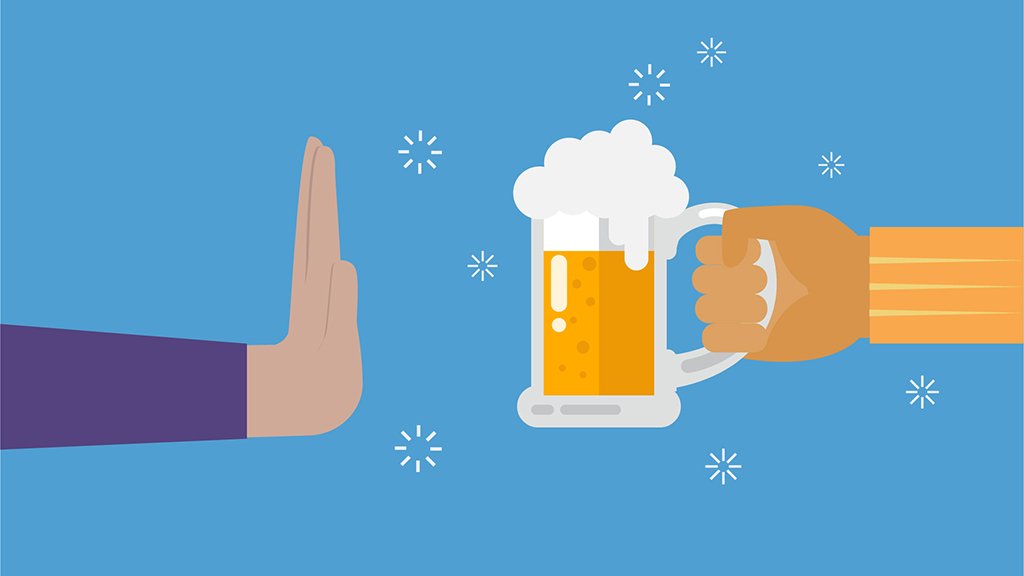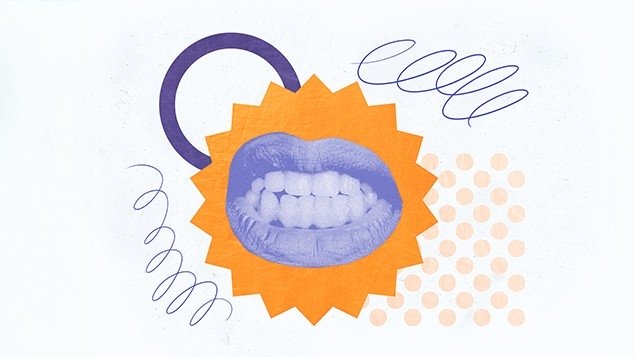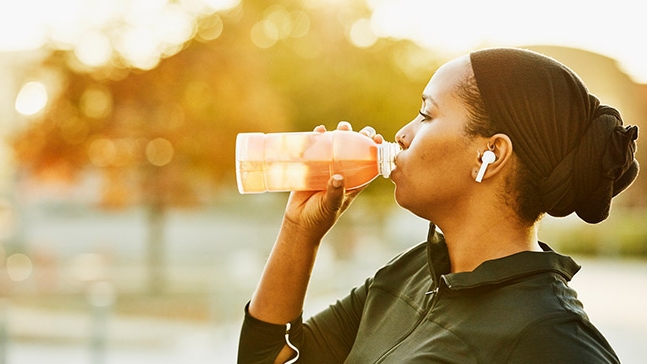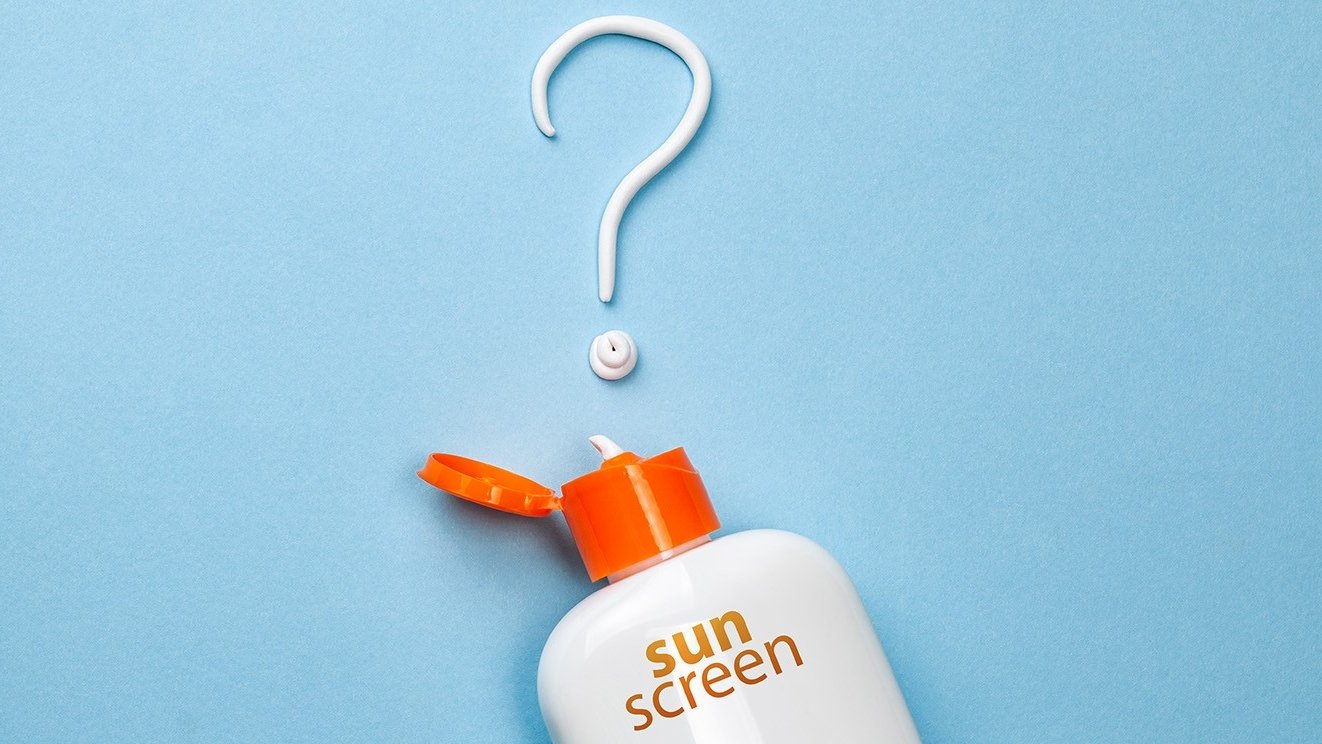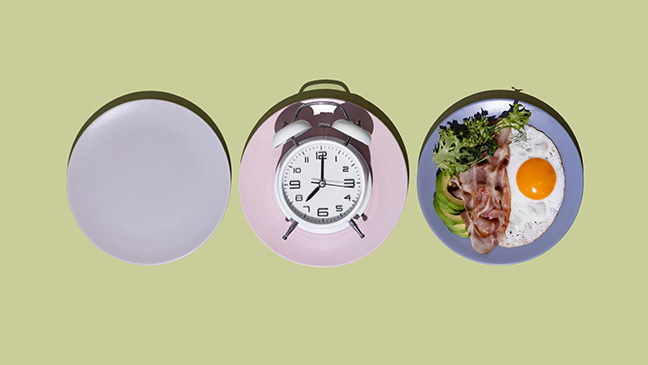- Diseases
- Acoustic Neuroma (14)
- Adrenal Gland Tumor (24)
- Anal Cancer (66)
- Anemia (2)
- Appendix Cancer (16)
- Bile Duct Cancer (28)
- Bladder Cancer (68)
- Brain Metastases (28)
- Brain Tumor (230)
- Breast Cancer (716)
- Breast Implant-Associated Anaplastic Large Cell Lymphoma (2)
- Cancer of Unknown Primary (4)
- Carcinoid Tumor (8)
- Cervical Cancer (154)
- Colon Cancer (164)
- Colorectal Cancer (110)
- Endocrine Tumor (4)
- Esophageal Cancer (42)
- Eye Cancer (36)
- Fallopian Tube Cancer (6)
- Germ Cell Tumor (4)
- Gestational Trophoblastic Disease (2)
- Head and Neck Cancer (6)
- Kidney Cancer (124)
- Leukemia (344)
- Liver Cancer (50)
- Lung Cancer (288)
- Lymphoma (284)
- Mesothelioma (14)
- Metastasis (30)
- Multiple Myeloma (98)
- Myelodysplastic Syndrome (60)
- Myeloproliferative Neoplasm (4)
- Neuroendocrine Tumors (16)
- Oral Cancer (100)
- Ovarian Cancer (170)
- Pancreatic Cancer (166)
- Parathyroid Disease (2)
- Penile Cancer (14)
- Pituitary Tumor (6)
- Prostate Cancer (144)
- Rectal Cancer (58)
- Renal Medullary Carcinoma (6)
- Salivary Gland Cancer (14)
- Sarcoma (236)
- Skin Cancer (296)
- Skull Base Tumors (56)
- Spinal Tumor (12)
- Stomach Cancer (60)
- Testicular Cancer (28)
- Throat Cancer (90)
- Thymoma (6)
- Thyroid Cancer (98)
- Tonsil Cancer (30)
- Uterine Cancer (78)
- Vaginal Cancer (14)
- Vulvar Cancer (18)
- Cancer Topic
- Adolescent and Young Adult Cancer Issues (20)
- Advance Care Planning (10)
- Biostatistics (2)
- Blood Donation (18)
- Bone Health (8)
- COVID-19 (362)
- Cancer Recurrence (120)
- Childhood Cancer Issues (120)
- Clinical Trials (624)
- Complementary Integrative Medicine (24)
- Cytogenetics (2)
- DNA Methylation (4)
- Diagnosis (230)
- Epigenetics (6)
- Fertility (64)
- Follow-up Guidelines (2)
- Health Disparities (14)
- Hereditary Cancer Syndromes (122)
- Immunology (18)
- Li-Fraumeni Syndrome (8)
- Mental Health (118)
- Molecular Diagnostics (8)
- Pain Management (62)
- Palliative Care (8)
- Pathology (10)
- Physical Therapy (18)
- Pregnancy (18)
- Prevention (894)
- Research (390)
- Second Opinion (74)
- Sexuality (16)
- Side Effects (604)
- Sleep Disorders (10)
- Stem Cell Transplantation Cellular Therapy (216)
- Support (404)
- Survivorship (322)
- Symptoms (184)
- Treatment (1774)
Vitamin D deficiencies: What to know
6 minute read | Published October 17, 2024
Medically Reviewed | Last reviewed by Hung Doan, M.D., Ph.D., and Caroline Lynch on October 17, 2024
Vitamin D is often associated with sunshine, but getting outside isn’t the only way to get its benefits. Vitamin D is also found in some foods and supplements.
So, what’s better: getting vitamin D through sun or diet? How much vitamin D should you be getting – and what should you do if you need more?
We called on a dietitian and a dermatologist for answers. Read on for their tips on how to safely get enough vitamin D.
Where does vitamin D come from?
“Vitamin D is a nutrient we can get from the foods we eat but also a nutrient our bodies can synthesize with the help of the sun,” says Senior Clinical Dietitian Caroline Lynch.
She explains that there are two major types of vitamin D.
- Vitamin D2 is primarily derived from plant foods.
- Vitamin D3 is derived from animal products we eat. It is also created by the body after sun exposure.
Both types of vitamin D are important for our health, says dermatologist Hung Doan, M.D., Ph.D.
"Neither vitamin D2 nor vitamin D3 is better than the other; it’s just a matter of where it comes from,” he explains.
What are the health benefits of vitamin D?
Vitamin D is perhaps best known for its role in bone health, but it also supports your immune system and muscle function, Lynch says.
“It assists in the absorption of calcium and phosphorus, which are important for building strong and healthy bones," she explains.
Some groups are even studying if vitamin D can lower the risk of some cancers, the National Cancer Institute writes. This is because differences in cancer rates were found between people living in sunny areas and those living in less sunny areas. Some scientists wondered if this might be because of vitamin D levels. Research into this question is still being conducted.
How much vitamin D do you need?
According to the National Institutes of Health (NIH), the recommended daily amount of vitamin D is:
- 600 International Units (IUs) a day for people ages 1-70
- 800 IUs a day for people ages 71 and older
While Doan says it hasn’t been shown that you can get too much vitamin D from the sun, Lynch notes it is possible to consume too much vitamin D. This is called vitamin D toxicity, and it is usually caused by taking too many vitamin D supplements. This toxicity can cause hypercalcemia, which is a buildup of calcium in your blood, Lynch says.
The tolerable upper intake level of vitamin D for adults is 4000 International Units, according to the NIH. This means adults shouldn’t consume more than 4000 International Units of vitamin D a day.
What happens if you don’t get enough vitamin D?
When you don’t get enough vitamin D, it is called a vitamin D deficiency. Vitamin D deficiencies can lead to health problems such as osteoporosis, or bone brittleness and weakness, Lynch says.
The NIH writes that vitamin D deficiency can be caused by:
- Not getting enough vitamin D through diet
- Your body not absorbing vitamin D from your diet
- Not getting enough sun exposure
- Your liver or kidneys being unable to change the Vitamin D you get from the sun or diet into a form your body can use
- Taking certain medications
You have a higher risk of vitamin D deficiency if you:
- Are older
- Have dark skin
- Have certain health conditions including obesity, chronic kidney disease, liver disease, Crohn’s disease, ulcerative colitis or celiac disease
- Had gastric bypass weight loss surgery
- Take certain medications
Not sure if you are getting enough vitamin D? First, make an appointment with your doctor.
“If you’re concerned you might be deficient in vitamin D, ask your doctor to order a blood test to check your vitamin D level,” Lynch says.
If you do have a vitamin D deficiency, your doctor may prescribe you oral vitamin D supplements, Doan says. He notes there are supplements that can provide both vitamins D2 and D3.
Your doctor can determine whether you are getting enough vitamin D. They can also advise you on how much supplementation is right for you.
“Speak with your doctor for recommended amounts first,” Lynch says.
What foods contain vitamin D?
Lynch says foods that naturally contain vitamin D include:
- Fatty fish such as salmon, tuna or sardines
- Egg yolks
- Some mushrooms
Vitamin D is also added to many foods, such as milk, cereal and orange juice.
These examples from the Dietary Guidelines for Americans can help you picture how this might look in your diet:
- A 3-ounce portion of freshwater rainbow trout has 645 IUs of vitamin D.
- A 3-ounce portion of light canned tuna has 231 IUs of vitamin D.
- An 8-ounce portion of nonfat plain yogurt has 116 IUs of vitamin D.
- One cup of 100% fortified orange juice has 100 IUs of vitamin D.
- A 1.5-ounce portion of low-fat, fortified American cheese has 85 IUs of vitamin D.
Wondering if you should choose foods with added vitamin D over the whole foods listed above? Lynch says that while it is ideal to get nutrients from whole foods, it is OK to eat fortified foods to help you get your recommended vitamin D dietary allowance.
“There aren’t many whole foods that are naturally high in vitamin D, so a lot of us need those fortified foods to meet our recommended daily amount,” she says.
Is it safe to get vitamin D from sun exposure?
We know that the sun is a source of vitamin D, but we also know that the sun’s UV radiation is linked to an increased risk of skin cancer. So, what should we do? Is there a safe way to get vitamin D from the sun?
Some studies have shown that our bodies can still absorb and synthesize vitamin D when we are wearing sunscreen, Doan says. However, there isn't a safe way to get enough vitamin D through sun exposure without increasing your skin cancer risk, he says.
He also doesn’t recommend ditching sunscreen to get more vitamin D – even if you’ve heard that vitamin D is good for your skin.
“The amount of vitamin D you get from the sun is inconsistent, and difficult to measure and clarify. It also varies with the time of day, time of year and your latitude. All this is to say: there are no safe recognized ways to recommend getting your vitamin D from the sun.”
To protect your skin from the sun’s ultraviolet (UV) rays, MD Anderson dermatologists recommend choosing a sunscreen that is:
- Broad-spectrum
- Water-resistant
- At least SPF 30
Reapply sunscreen every two hours or after being in the water or sweating.
Lastly, Doan notes that a lack of sun exposure hasn’t been shown to cause vitamin D deficiencies. Instead, he notes we can get vitamin D2 and D3 safely from our diets.
“While you may hear comments that vitamin D deficiency is caused by the lack of sun exposure, there have been no conclusive studies linking vitamin D deficiency with low or absent sun exposure,” he says. “In fact, vitamin D levels have been detected in individuals who reside at the Earth’s extremes, such as the North Pole, and in crew members aboard submarines. Presumably, they obtained vitamin D from stores or from diet.”
Request an appointment at MD Anderson online or call 1-888-925-9053.

If you’re concerned you might be deficient in vitamin D, ask your doctor to order a blood test.
Caroline Lynch
Senior Clinical Dietitian

